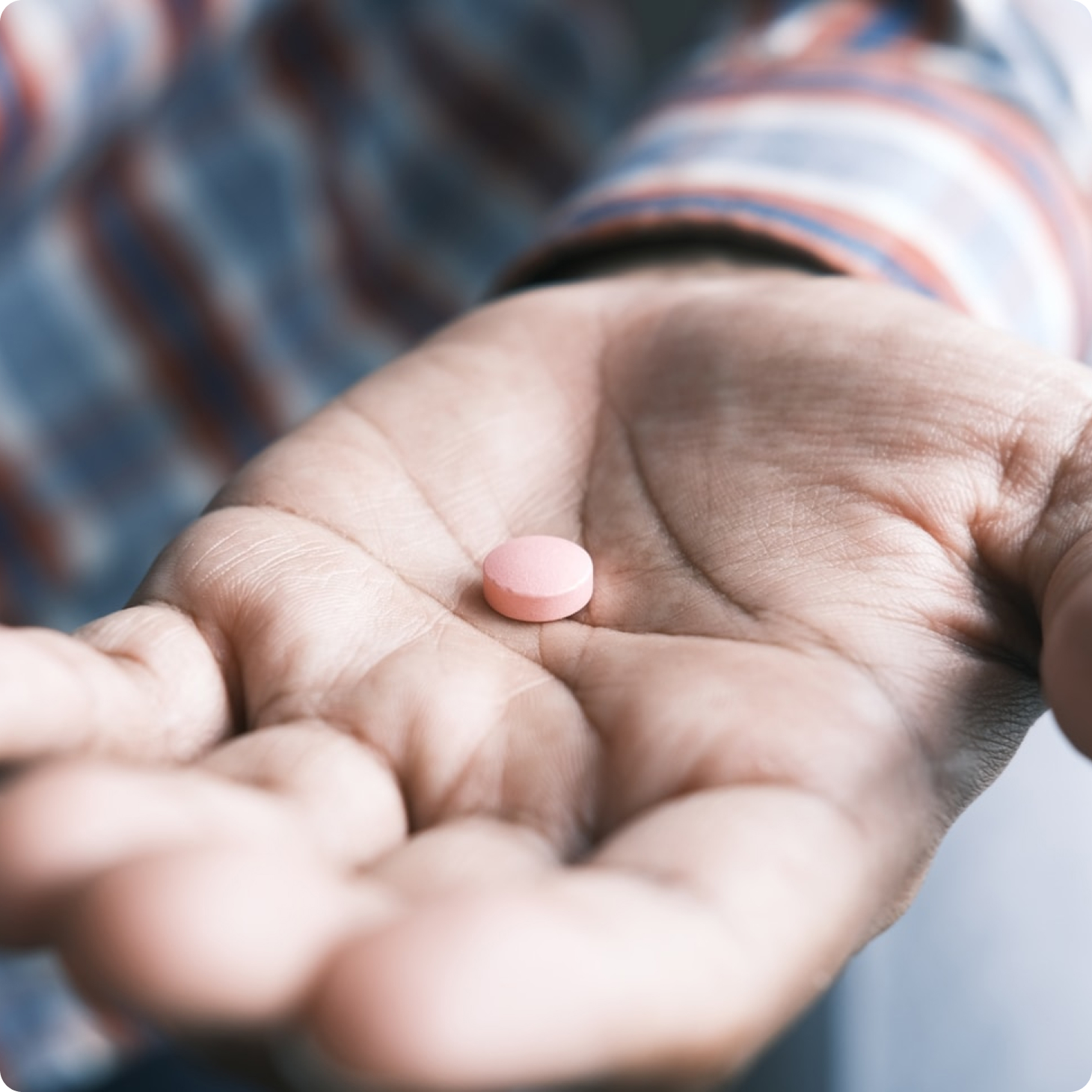What are they?
There are two types of antidepressants, Selective Serotonin Reuptake Inhibitors (SSRIs) are the most commonly prescribed for mood disorders, such as depression, as they have shown to be an effective treatment option and have fewer side effects than other antidepressants (Harmer et al., 2017). The other commonly prescribed antidepressant is Serotonin and Noradrenaline Reuptake Inhibitors (SNRIs) which also treats mood disorders and to a lesser degree other disorders, such as Obsessive-Compulsive Disorder (OCD), anxiety disorders, and chronic neurological pain. SSRI’s and SNRI’s work by changing the chemistry within the brain resulting in better and more stable moods over time. This is done by either stopping the absorption (SSRI’s) or increasing the amount (SNRIs) of chemicals in the brain.
Why they might not be working?
Antidepressant medication may help to relieve the experience of symptoms relating to depression by improving your overall mood, helping fall asleep quicker and stay asleep overnight, increasing your appetite, experiencing enjoyment in activities, increasing motivation, and helping you to focus and concentrate better. However, research suggests that antidepressant medication usually takes several weeks for the effects to be noticed and approximately 40% of people don’t notice any substantial change when trying antidepressants for the first time (Quality & Care, 2015). This may lead to different medication options and dosages which may take some time to figure out with your doctor.
How To Make Them More Effective?
Research into the effectiveness of antidepressants has suggested that approximately 60% of individuals notice a meaningful change in their depression with the first antidepressant medication they try (Quality & Care, 2015). That leaves 40% of people experiencing depressive symptoms gaining no noticeable improvements. This may lead people to think about what could be next for the treatment of their depression. Research into secondary or side-by-side treatment options has suggested several ways of managing your depressive symptoms either, in conjunction with or instead of medication. Some of these options are listed below.
1) Physical Exercise
Exercise has been shown to be incredibly effective in helping treat the symptoms of depression, especially when used in conjunction with psychological intervention or antidepressants, or all three combined. Physical exercise has a positive biological (brain) and psychosocial (feelings, emotions, thoughts) effect on the brain, reducing depressive symptoms and reducing the risk of relapse or the future recurrence of symptoms (Kandola et al., 2019).
The above-mentioned treatment methods are a few of several methods that can be used either in conjunction with antidepressant medications or as an alternative to improve your depressive symptoms, increase your mood, feel more energetic, get better sleep, and simply increase your quality of life. The choice of which option would suit you the best is best made with medical professionals or your treatment team.
2) Psychological Therapy
Therapies such as Cognitive Behavioural Therapy (CBT) and Acceptance and Commitment Therapy (ACT) are very effective for the treatment of depression. CBT works by helping the individual learn how to manage unhelpful thinking patterns (e.g., I'm not good enough) and create more positive behaviour patterns (e.g., not staying in bed all day), to create lasting improvements in moods and behaviours (Beck & Beck, 1995).
ACT on the other hand works to help individuals accept what is in and out of their control, leading towards becoming more psychologically flexible (Harris, 2019). Research shows that psychological interventions, such as CBT, ACT, and others combined with antidepressant use are far more effective than just antidepressant medication alone as the individual can learn, practice, and implement strategies to help them manage their symptoms in the future (Cosci et al., 2020).
3) Transcranial Magnetic Stimulation (TMS)
TMS is a relatively new treatment option for those who have been experiencing persistent or reoccurring depression over a long period (Sonmez et al., 2019). TMS works but delivers an electromagnetic pulse to stimulate nerve endings within a specific region in the brain which are involved in mood control and may be responsible for stabilising your mood (George et al., 2000). Research has found that regular TMS treatments (4-5 per week in the initial treatment phase) caused a dramatic improvement in patients with chronic depressive symptoms, especially when coupled with antidepressant medication as TMS therapies were associated with greater antidepressant medication response (George et al., 2000; Sonmez et al., 2019).
Book an Initial Consultation with Our Experienced Psychiatrists
References: Beck, J. S., & Beck, A. T. (1995). Cognitive therapy: Basics and beyond. Guilford Press New York; Cosci, F., Guidi, J., Mansueto, G., & Fava, G. A. (2020). Psychotherapy in recurrent depression: efficacy, pitfalls, and recommendations. Expert Review of Neurotherapeutics, 20(11), 1169-1175; George, M. S., Nahas, Z., Molloy, M., Speer, A. M., Oliver, N. C., Li, X.-B., Arana, G. W., Risch, S. C., & Ballenger, J. C. (2000). A controlled trial of daily left prefrontal cortex TMS for treating depression. Biological psychiatry, 48(10), 962-970; Harmer, C. J., Duman, R. S., & Cowen, P. J. (2017). How do antidepressants work? New perspectives for refining future treatment approaches. The Lancet Psychiatry, 4(5), 409-418.; Harris, R. (2019). ACT made simple: An easy-to-read primer on acceptance and commitment therapy. New Harbinger Publications.; Kandola, A., Ashdown-Franks, G., Hendrikse, J., Sabiston, C. M., & Stubbs, B. (2019). Physical activity and depression: Towards understanding the antidepressant mechanisms of physical activity. Neuroscience & Biobehavioral Reviews, 107, 525-539.; Sonmez, A. I., Camsari, D. D., Nandakumar, A. L., Voort, J. L. V., Kung, S., Lewis, C. P., & Croarkin, P. E. (2019). Accelerated TMS for depression: a systematic review and meta-analysis. Psychiatry Research, 273, 770-781.
.png)
About The Author
Dr Ted Cassidy
Dr. Ted Cassidy is a psychiatrist and co-founder of Monarch Mental Health Group in Australia, which provides innovative treatments for depression, PTSD, and anxiety. Monarch Mental Health is recognized as Australia's first outpatient clinic offering assisted therapy and is the largest provider of outpatient magnetic stimulation therapy.

